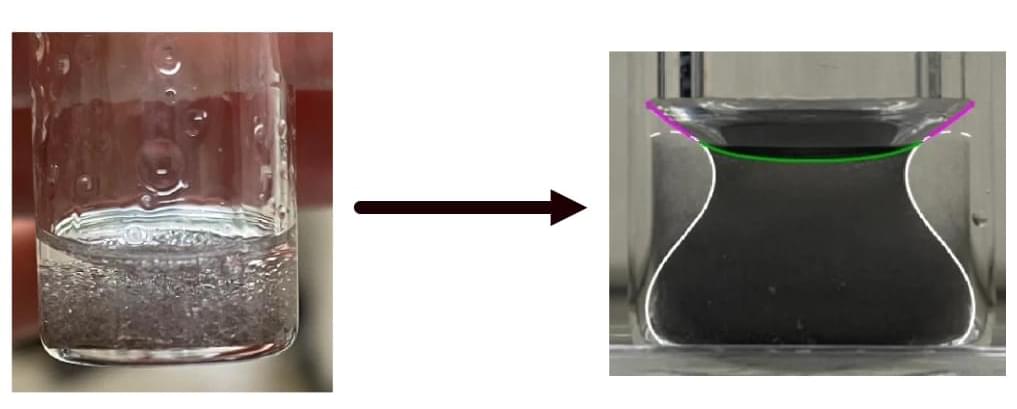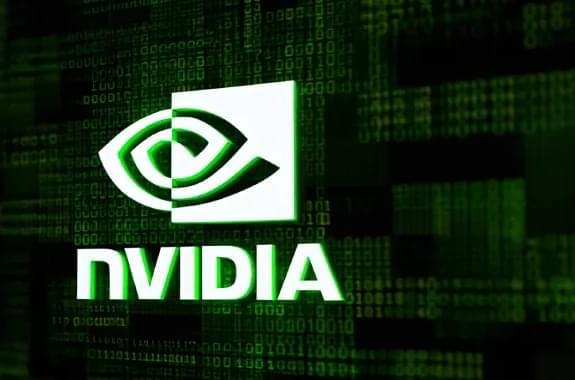Trying to grasp the brain’s complexity is a little like trying to comprehend the vastness of space – it feels way beyond our scope of understanding.
By mapping a small part of a mouse brain down to an amazing level of detail, new research could help us grasp the magnitude of the neurological cosmos inside our heads.
Though the volume of brain matter analyzed was barely the size of a grain of sand, the researchers still had to describe the relationships between 84,000 neurons via half a billion synapse connections and 5.4 kilometers (3.4 miles) of neural wiring.









